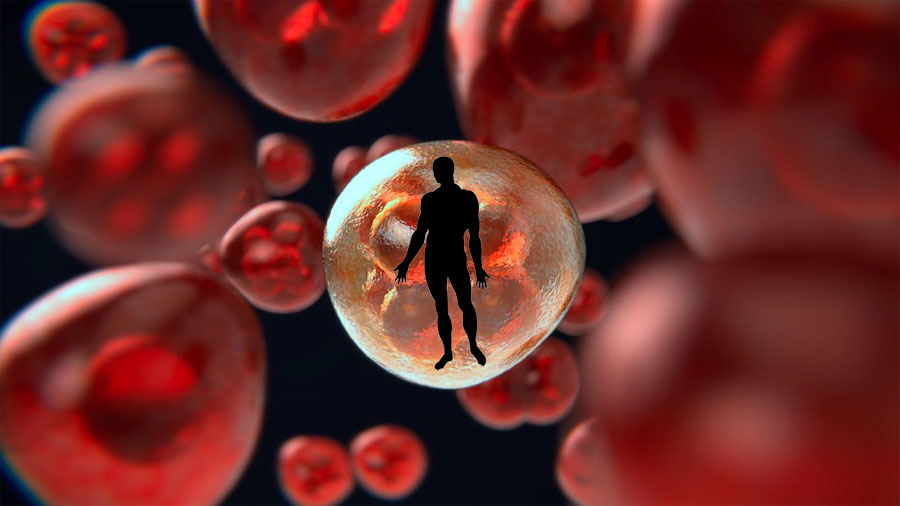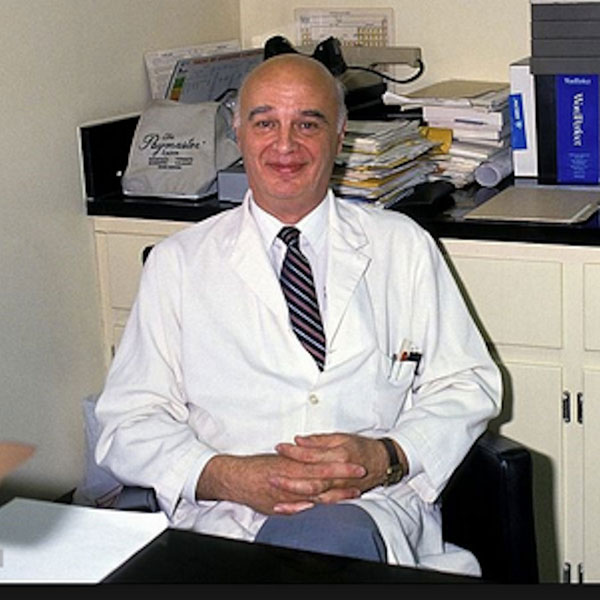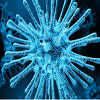Gaston Naessens And His Cure For Cancer
 by Jeffrey Fisher
by Jeffrey Fisher
“You see, I’ve been able to establish a life cycle of forms in the blood that add up to no less than a brand new understanding for the very basis of life. What we’re talking about is an entirely new biology, one out of which has fortunately sprung practical applications of benefit to sick people, even before all of its many theoretical aspects have been sorted out. The somatids, one can say, are precursors of DNA. Which means that they somehow supply a ‘missing link’ to an understanding of that remarkable molecule that up to now has been considered as an all but irreducible building block in the life process.” ~ Gaston Naessens
 Gaston Naessens was a biologist, an inventor and a true genius, an original thinker blessed with intuitive insight. His ideas and thoughts originated not in a crystallized scientific view of our universe, but from somewhere beyond the complacency of our common dominant paradigm. In the 1950’s he developed a lens configuration for a microscope, “ … capable of viewing living entities far smaller than can be seen in existing light microscopes.” As recently as 1989, his achievement has been hailed by microscopy experts.
Gaston Naessens was a biologist, an inventor and a true genius, an original thinker blessed with intuitive insight. His ideas and thoughts originated not in a crystallized scientific view of our universe, but from somewhere beyond the complacency of our common dominant paradigm. In the 1950’s he developed a lens configuration for a microscope, “ … capable of viewing living entities far smaller than can be seen in existing light microscopes.” As recently as 1989, his achievement has been hailed by microscopy experts.
“6 September 1989 …. What I have seen is a remarkable advancement in light microscopy …. It seems to be an avenue that should be pursued for the betterment of science.” ~ Rolf Weiland, Senior Microscopy Expert, Carl Zeiss Optics
“Naessens’s microscope and expertise should be immensely valuable to many researchers.” ~ Dr. Thomas G. Tornabene, Director, School For Applied Biology, Georgia Inst. of Technology (Georgia Tech)
Because no one can explain why Naessens’ lens configuration works, he was not able to patent his invention. This fact alone shed a baleful light on all of Naessens’ subsequent discoveries. As the first man to peer into it’s eyepiece, he was a pioneer, an explorer in an uncharted world. Like Galileo, who declared that the earth was not the center of the Universe, Naessens has borne a brunt of reaction from established medical and scientific authorities.
With his exceptional instrument, Naessens next went on to discover in the blood of animals and humans as well as in the saps of plants – a hitherto unknown, ultra-microscopic, subcellular, living and reproducing microscopic form, which he christened a somatid (tiny body) …. this particle was seen by Naessens to develop in a pleomorphic (form-changing) cycle, the first three stages of which – somatid, spore, and double spore – are perfectly normal in healthy organisms, in fact crucial to their existence.
The eerie implication is that these new miniscule life forms revealed by Naessens microscope were imperishable. At the death of their hosts … they return to the earth., where they live on for thousands or millions, perhaps, billions, of years!
From his initial discovery of the somatid, Naessens went on to find, “ … that if and when the immune system of an animal or human being becomes weakened or destabilized, the normal three-stage cycle of the somatid goes through thirteen more successive growth stages to make up a total of sixteen separate forms, each evolving into the next.” All of these forms revealed clearly and in detail by motion pictures and by stop-frame still photography by Naessens’ microscope.
By studying the somatid cycle as revealed in the blood of human beings suffering from various degenerative diseases such as rheumatoid arthritis, multiple sclerosis, lupus, cancer, and more recently, AIDS, Naessens was able to associate the development of the forms in the sixteen-stage pathological cycle with all of these diseases.
Even more importantly, Naessens was able to predict the eventual onset of such diseases long before any clinical signs of them put in an appearance. In other words, he was able to ‘prediagnose’ them. Having established the somatid cycle in all its fullness, Naessens was then able, in a parallel series of brilliant research steps, to develop a treatment for strengthening the immune system. The product he developed was derived from camphor … Unlike many medicinals, it is injected into the body, not intramuscularly or intravenously, but intralymphatically – into the lymph system, via a lymph node or ganglion in the groin.
Naessens’ discoveries have serious implications regarding prevailing theories about the causes and onset of diseased conditions in the human body. For his discoveries to achieve acceptance and respectability, the scientific and medical establishment must question the very foundation of their treatment and diagnosis premises. Medical science bases much of its diagnostic and treatment premise on the theories and discoveries of Louis Pasteur. Pasteur believed that disease originates outside of the human body. A healthy system is invaded by viruses, or bacteria. The medications and treatments prescribed are given to fight this invasion. The disease is considered to be invasive, and medical intervention often follows an invasive course of treatment. Often the side effects of treatment are as disruptive to the health and well being of the body as the disease itself. Witness the effects of chemotherapy and radiation treatment for cancers. Naessens believed that disease and its causes originated in the body itself, via a suppressed immune system. Naessens attributed this weakening, … to trauma brought on by a host of reasons, ranging forms of radiation or chemical pollution to accidents, shocks, depressed psychological states, and many more.
In scientific and medical circles, the clash of such extremes is inevitable. Naessens was especially vulnerable because he provided documentation that his Camphor and Intralymphatic treatment had a 75% remission rate for cancer and AIDS.
“Innovators are rarely received with joy, and established authorities launch into condemnation of newer truths, for … at every crossroads to the future there are a thousand self-appointed guardians of the past.” ~ Betty MacQuitty
Naessens endured incredible persecution from the Canadian Medical and Cancer Research establishment. Naessens was brought to trial in Quebec for practicing medicine without a license and for murder. One of his patients, a woman with terminal inoperable cancer was not part of his 75% success rate. The charges were not brought by her family but by the Canadian Medical establishment. It makes one wonder how many other legitimate scientific discoveries are moldering away in basements and laboratories. As is said, “ignorance is legion.”
“Most secrets of knowledge have been discovered by plain and neglected men than by men of popular fame. And this is so with good reason. For the men of popular fame are busy on popular matters.” Roger Bacon (c. 1220 – 1292), English philosopher and scientist
The following attached pdf about Naessens and his work is an incredible read and also contains reference material of Royal R. Rife’s work which foreshadow Naessens’ discovery of the somatid.
The Persecution And Trial of Gaston Naessens by Christopher Bird – pdf download
For more on his work also see 714X Cancer Treatment here.
Posted in Health, Other Topicswith comments disabled.






[…] Gaston Naessens And His Cure For Cancer […]